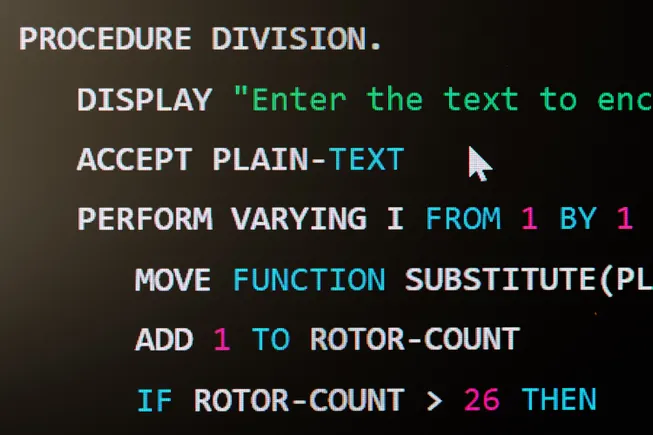Listen to the article
Dive Brief:
Enterprises are turning to generative AI tools to drive modernization and cut through technical debt, according to Publicis Sapient. The digital consulting firm commissioned HFS Research to survey more than 600 IT and business leaders for a report published Thursday.
Four in 5 respondents expect generative AI coding assistants to help them break free from managing outdated systems by documenting legacy applications, rewriting old code and automating software testing, the report found.
Technical debt is an expensive headache, accounting for $1.5 trillion to $2 trillion in spending among Global 2000 companies, according to HFS Research. “Tech debt isn’t just a weight — it’s a ticking time bomb that’s threatening the future of global enterprises,” the firm’s Chief Analyst and CEO Phil Fersht said in the report.
Dive Insight:
As coding assistants rose to the top of a heap of generative AI use cases with ROI potential, vendors mobilized to deploy tools trained to decipher and refactor decades-old applications.
IBM taught watsonx more than 100 programming languages and trained its open model to translate COBOL applications into Java. AWS trained its AI assistant, Amazon Q Developer, to build applications and set the tool loose on mainframe modernization last year.
As cloud and enterprise software vendors rolled out similar capabilities, banking became a proving ground for the technology, according to Accenture.
Goldman Sachs saw its army of 12,000 developers achieve efficiency gains of roughly 20% with GitHub Copilot, the company’s CIO Marco Argenti told CIO Dive last month. Bank of America and Citigroup saw similar returns on AI investments.
Enterprises across industries can cut years off of modernization initiatives by harnessing the technology, according to Sheldon Monteiro, Publicis Sapient EVP and chief product officer.
“AI really is a jackhammer,” Monteiro said in an interview. “CIOs need to be thinking about this in terms of some pretty major concrete breaking.”
Publicis Sapient inked a five-year partnership with AWS to build AI-powered modernization tools in March. In addition to leveraging the hyperscaler’s cloud-based services, the alliance aims to expand the reach of the Sapient Slingshot software development platform.
The modernization opportunities are vast, according to HFS Research. A $1.5 trillion IT industry has grown up around servicing rather than eliminating technical debt, the firm estimates.
Enterprises spend an average of nearly 30% of IT budgets maintaining legacy technologies, the report found. Yet, fewer than one-third of respondents said their organization has modernized core applications.
“Something’s broken in the way clients are buying IT services and the way the service industry has been incentivized,” Monteiro said, pointing to a tendency to see staff augmentation as a means of containing technical debt.
Monteiro added, “If modernization is going to take 10 years to complete, what CIO is going to look at that with any sense that it can get done within their tenure?”

